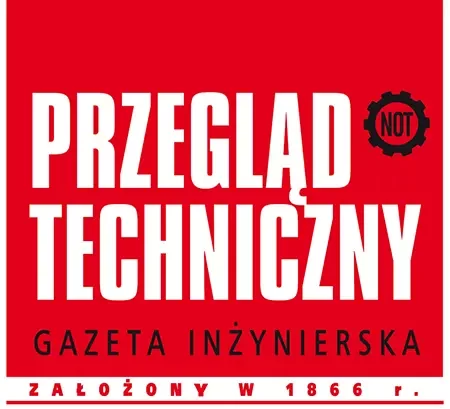In Poland, there are as many as 140 employees per robot – a much weaker result than the global average of one robot per 66 employees. However, the topic of artificial intelligence and robots is so popular that we already have a whole set of beliefs about them, sometimes surprising ones, according to the report “What do Poles think about robots?”.
- Nearly half of Polish men and women could like a robot, according to a report by the Center for HumanTech at SWPS University and NCBR’s IDEAS, but only 18% of respondents would be willing to befriend one.
- One in two people surveyed felt curiosity toward a robot with human anatomical features, while 31% felt apprehension.
- Respondents would welcome a robot’s help in caring for parents and grandparents in terms of 24/7 monitoring of loved ones (54% and taking care of some chores (49%).
- Two-thirds of those surveyed believe that through advances in robotization, the number of available jobs will shrink. Only 5% hold the opposite view.
The report “What do Poles think about robots?” comes at a time when Poland is at the threshold of the robotization process. On average, there are 151 robots per 10,000 workers in the world, while in our country there are 71, but only 42 in 2020. Thus, it can be assumed that a significant portion of respondents have not had many opportunities to interact with robots so far, and their attitudes towards intelligent machines are mainly shaped by media coverage and mass culture. The report is a joint project of the SWPS University HumanTech Center and IDEAS NCBR, a research and development center working in the field of artificial intelligence.
ROBO-ANIMALS OR ROBO-HUMANS?
One trend that has been present in robotics for years is the drive to make robots as similar to humans as possible. The ideal in this concept would be an android known from science-fiction literature, which was sometimes indistinguishable to the naked eye from a human. However, as robot developers began to approach this level in the real world, they found that users did not always react positively to such machines.
Nearly one in three people surveyed feel apprehensive at the thought of interacting with a robot with human anatomical features – women are more likely to react this way than men. At the same time, half of the respondents in the report by SWPS University’s Center for HumanTech and NCBR’s IDEAS say their main emotion in such a situation would be curiosity.
More often (in 16% of respondents), robots that relate in appearance and behavior to animals bring a smile. Compared to humanoid robots, they are also less often feared (22%.).
Interestingly, fear of robots with human characteristics was more often declared by younger people than by respondents from older generations. The same is true for animal-like robots. – Concerns about human-like robots may stem from the younger generation’s increased exposure to science-fiction films and series, where we find mostly dystopian scenarios in which robots play a negative role and are hostile to humans. The older generation tends to see robots as technological innovations and this is accompanied by interest rather than fear – Dr. Konrad Maj of SWPS University comments.
WON’T WE ARGUE WITH THE ROBOTS?
Although some Poles give names to their cars, buy tasteful phone cases or cover their laptops with stickers, it seems that towards smarter machines we remain somewhat reserved for the time being. One in three people surveyed said they would not be able to establish any emotional relationship with a robot.
On the other hand, half of the respondents would be able to like the robot. 18% even think they could become friends with it, and for 5% the relationship could become so intense that they would be able to argue with the robot. This shows that a rather conservative attitude toward intelligent machines prevails in Polish society. From this point of view, a robot is just another device, and there is a relatively small group of people willing to see robots as a phenomenon in a completely new category.
WHAT ABOUT THE LABOR MARKET?
Respondents are quite unanimous about the effects of increasing the number of robots cooperating with humans. As many as 68%. says that once they are introduced into the labor market, the number of available positions will definitely or rather decrease. Only one in 20 hold the opposite view. – From a technical point of view, robots are not always able to replace humans in certain tasks. For example, many of them do not have the ability to precisely squeeze objects or move over irregular surfaces. Consequently, they show less effectiveness in tasks that require high manual dexterity or adaptation to a variety of terrain conditions. However, it should be noted that there is great potential for the use of robots in areas where humans may face difficulties or danger – says Dr. Ing. Krzysztof Walas of IDEAS NCBR.



